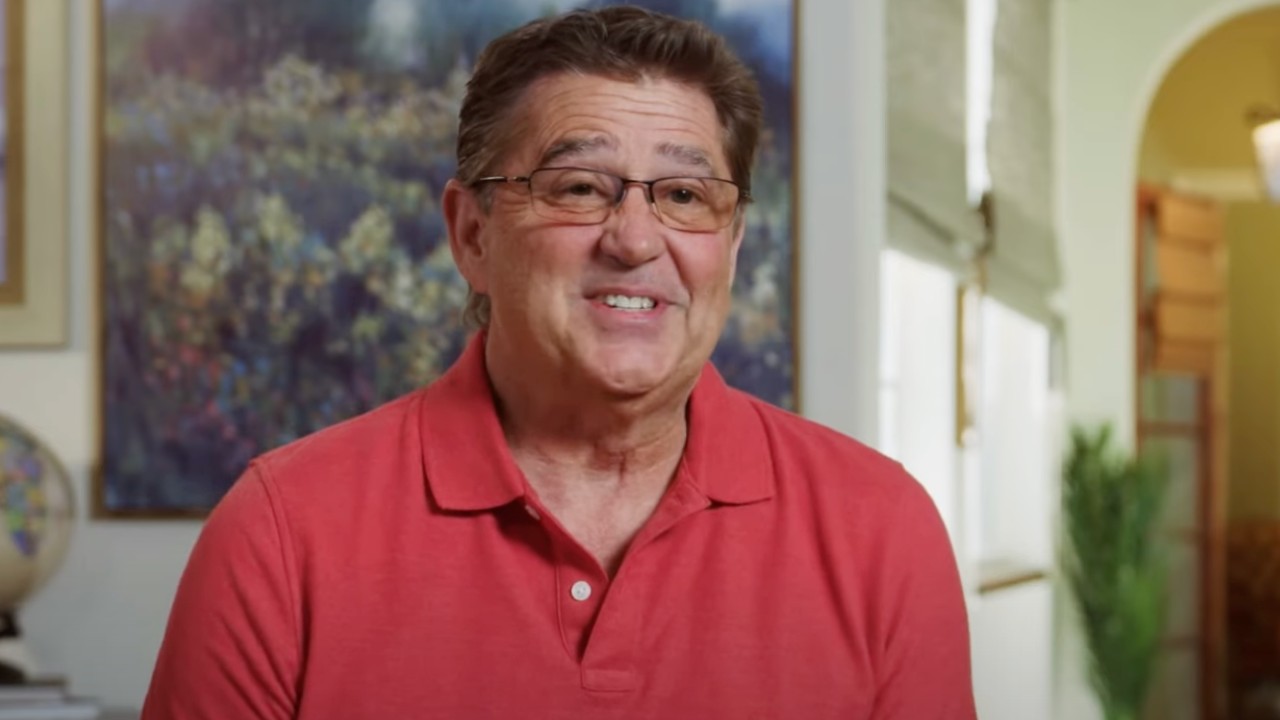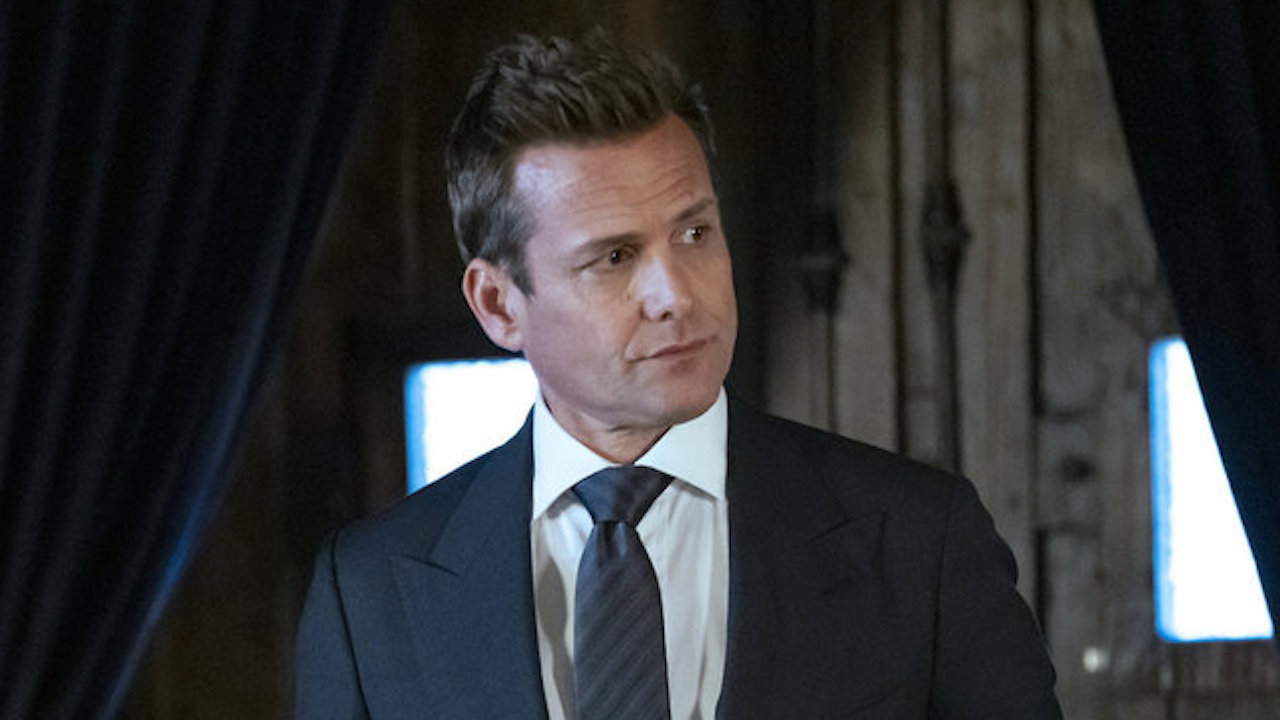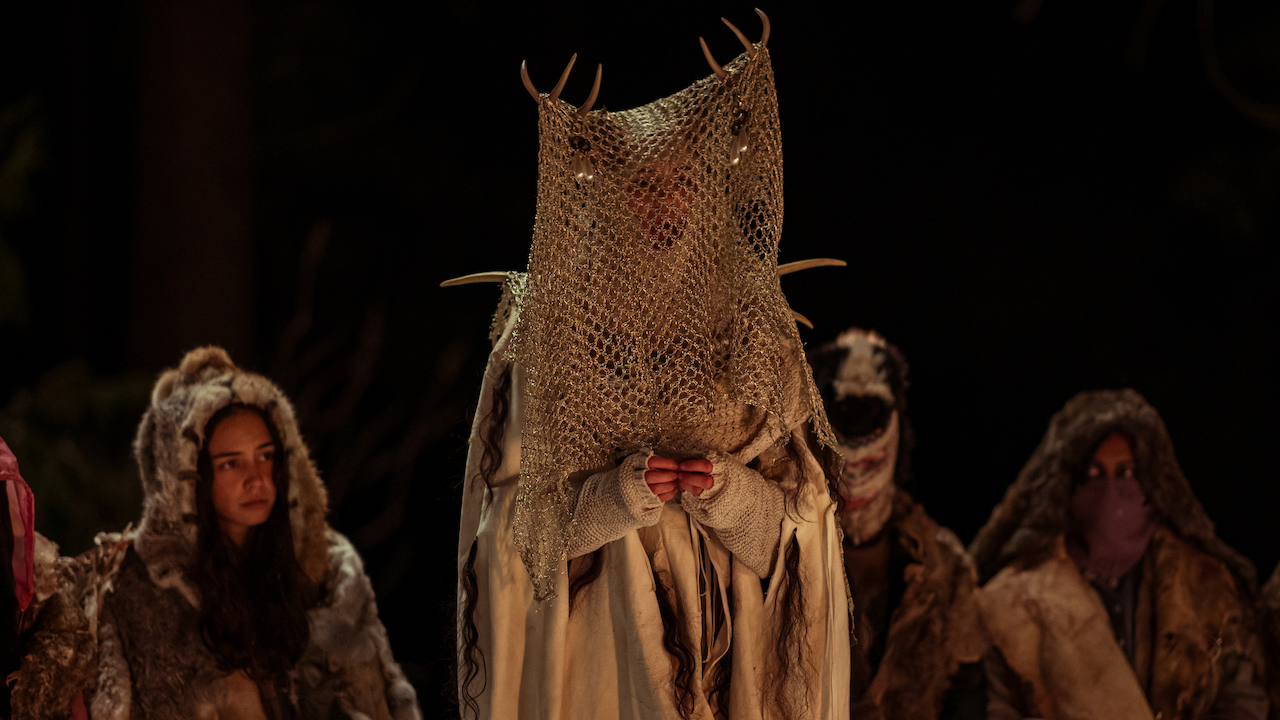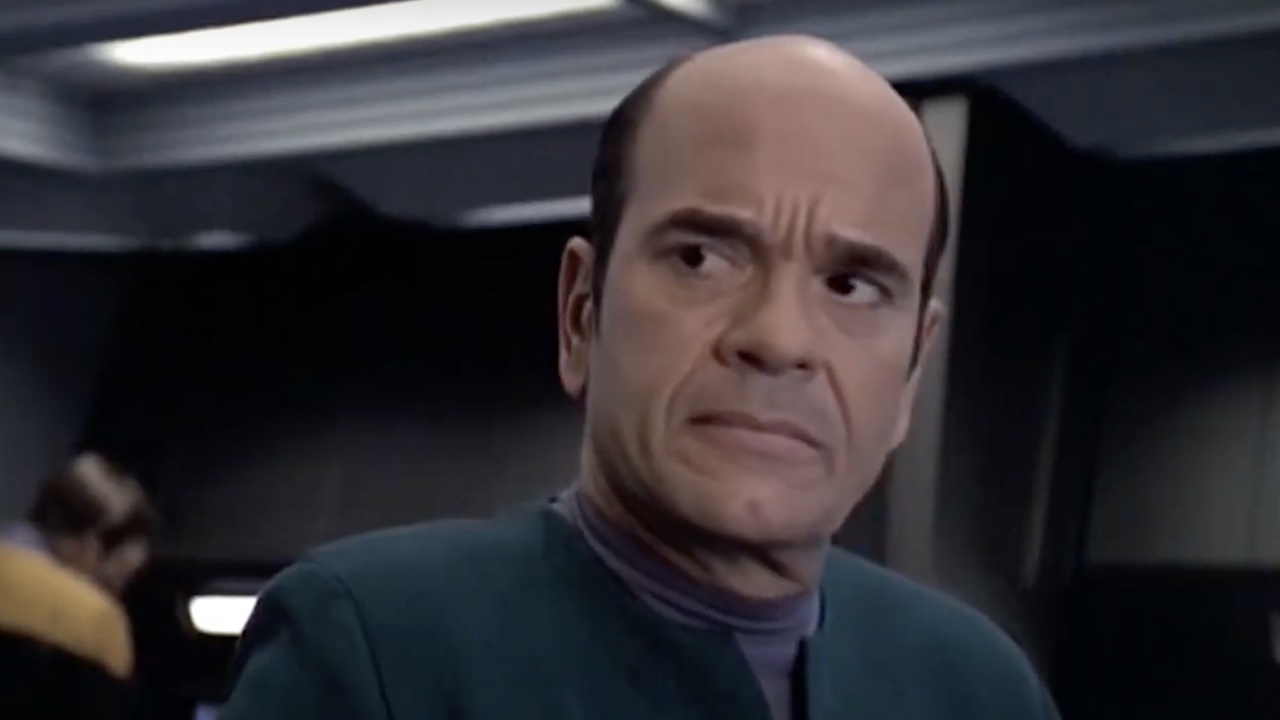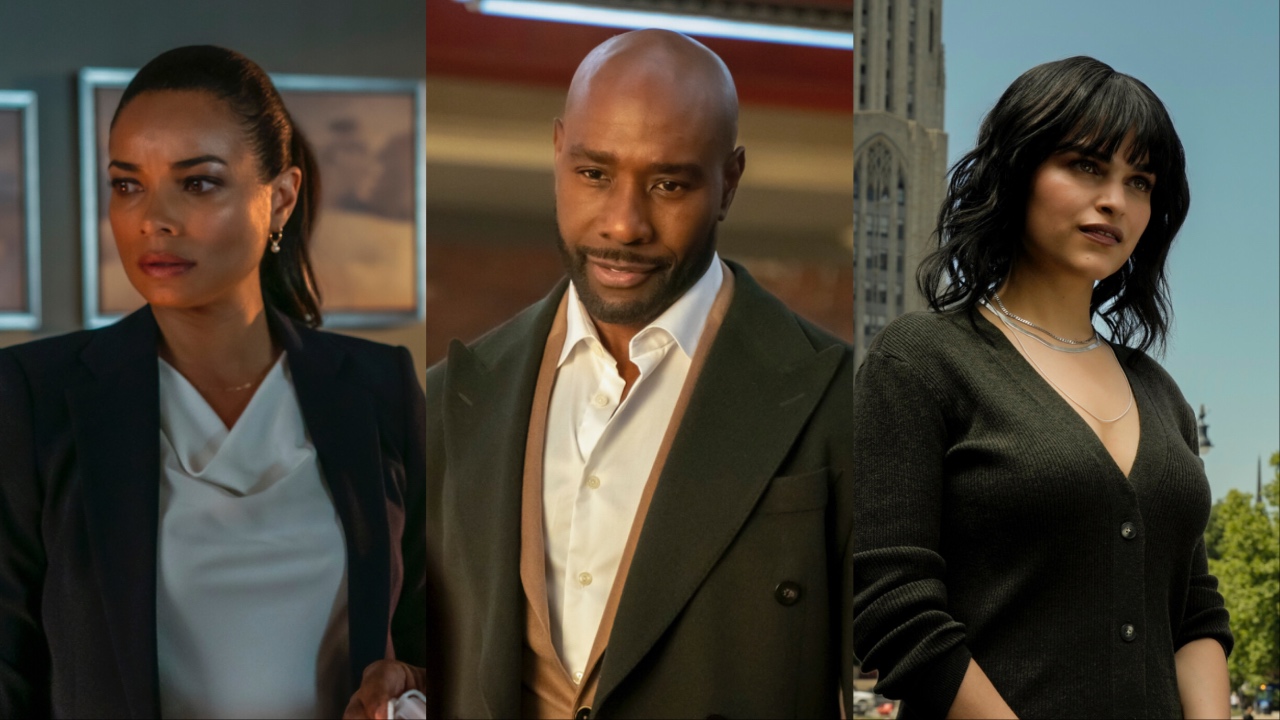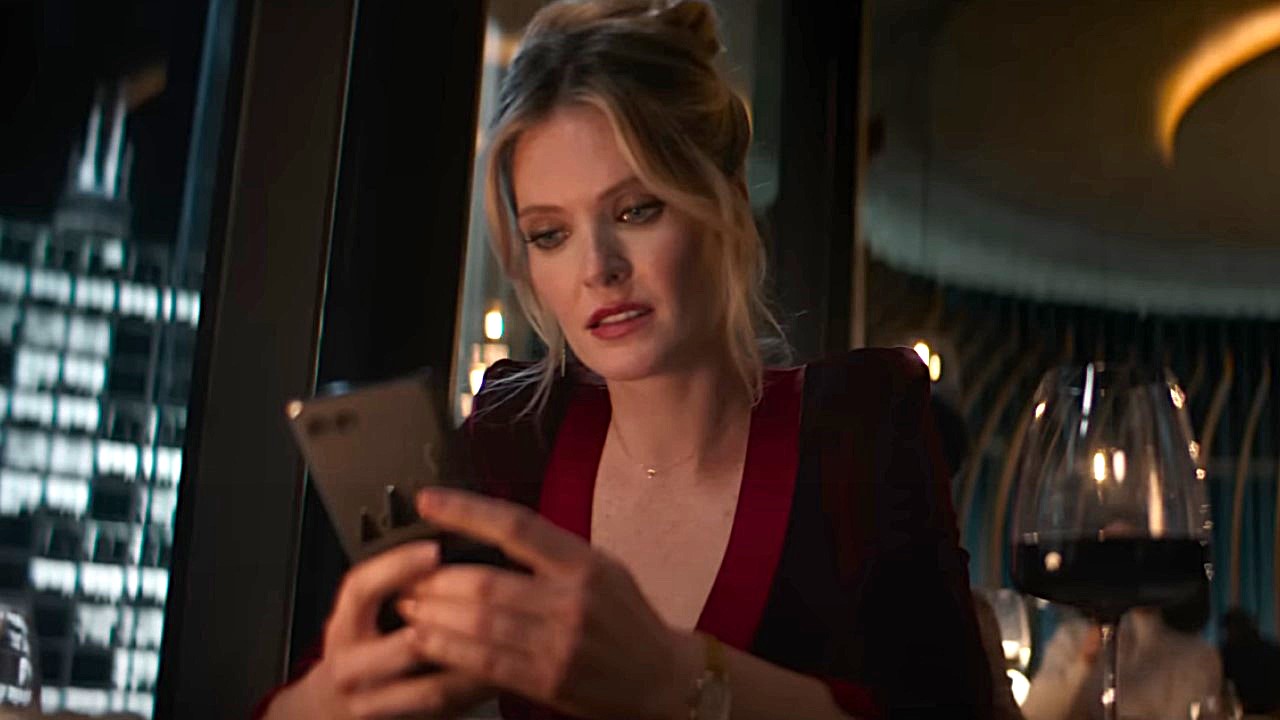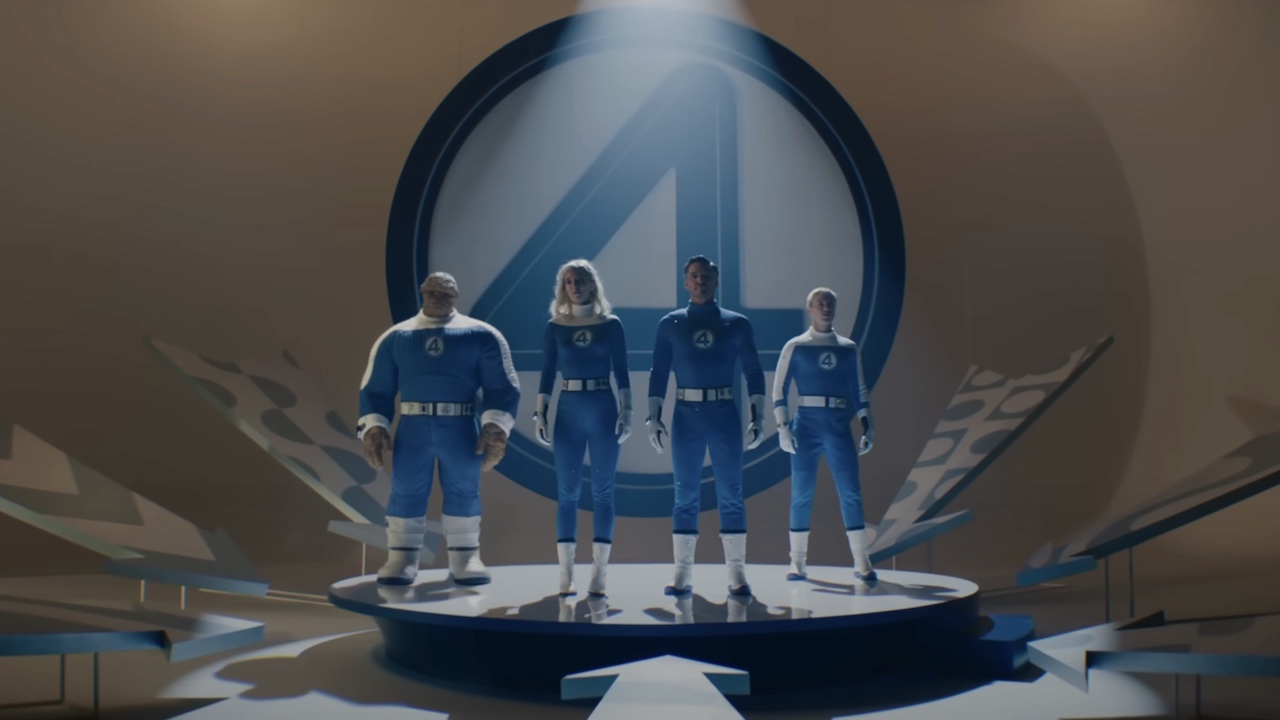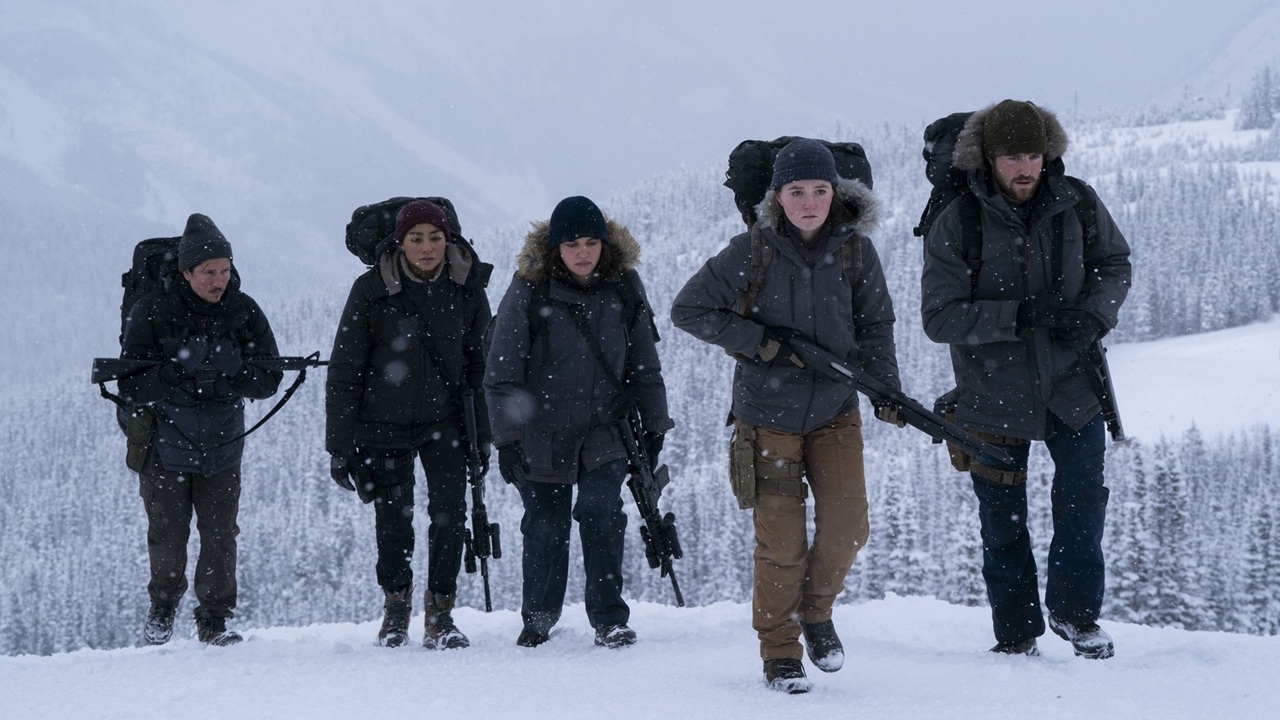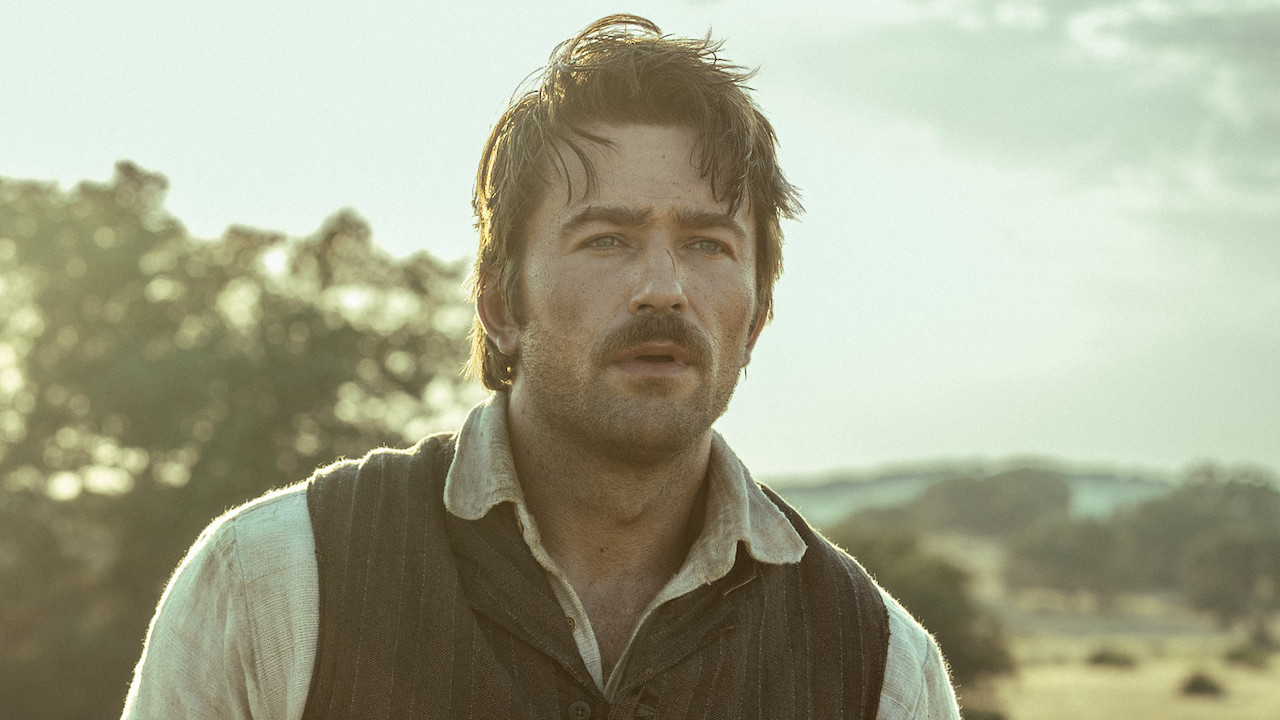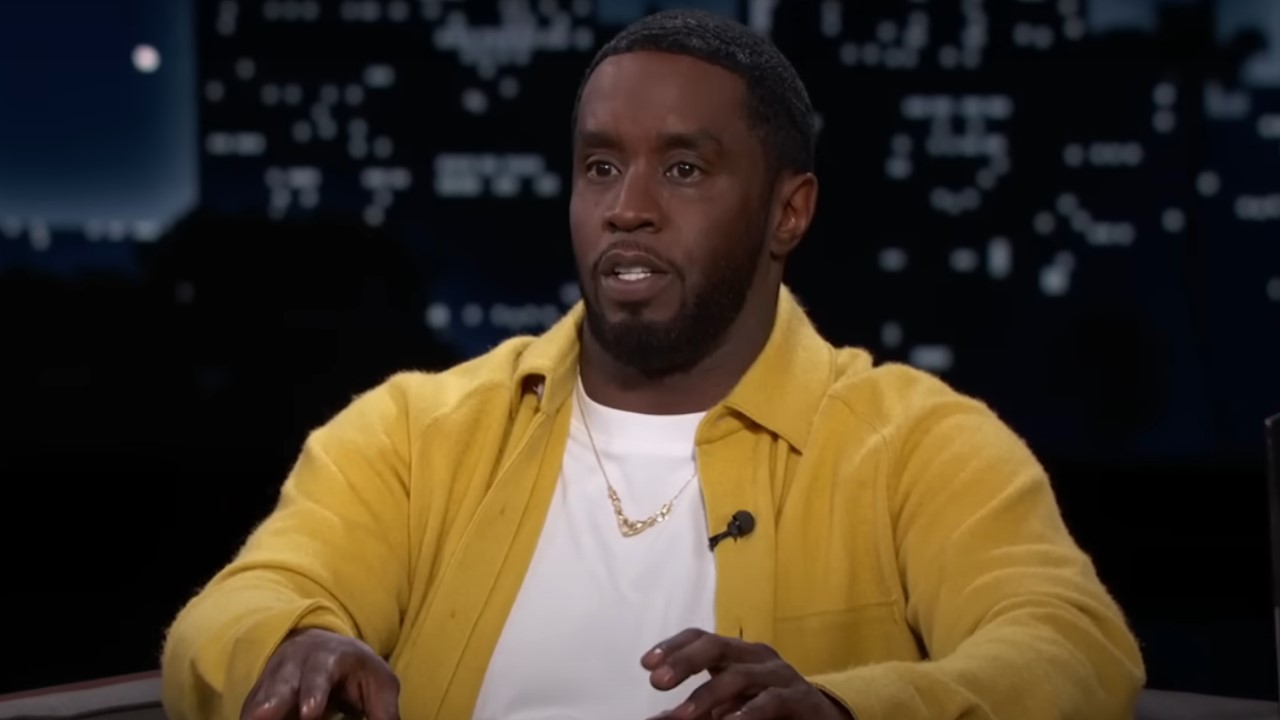Saving Private Ryan: 10 Behind-The-Scenes Facts You Might Not Know About The WWII Movie
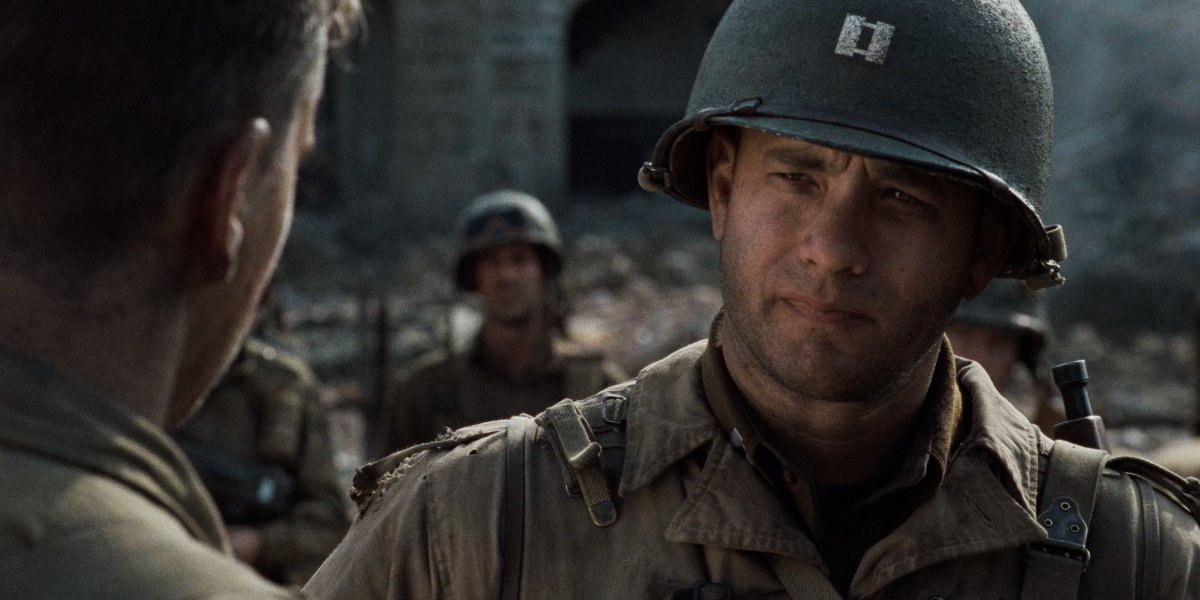
There are few war movies as visceral and emotional as Steven Spielberg's 1998 World War II epic Saving Private Ryan. From the white-knuckle action of the iconic D-Day sequence to the powerful and strikingly somber final moments, it doesn't get much better than the story of a small group of soldiers searching for and rescuing the only surviving member of a family devastated by loss caused by the war. But the behind-the-scenes facts about how the movie came together are just as fascinating as what we saw on screen 22 years ago this summer.
There's just so much that went into the movie like the writing of the extremely tight and focused script, the casting of actors who would soon become Hollywood legends in their own right, and director Steven Spielberg's commitment to accuracy (down to the smallest detail). And with the movie still being as popular now as it was when it was released on July 24, 1998, there's never been a better time to look at how Saving Private Ryan came together.
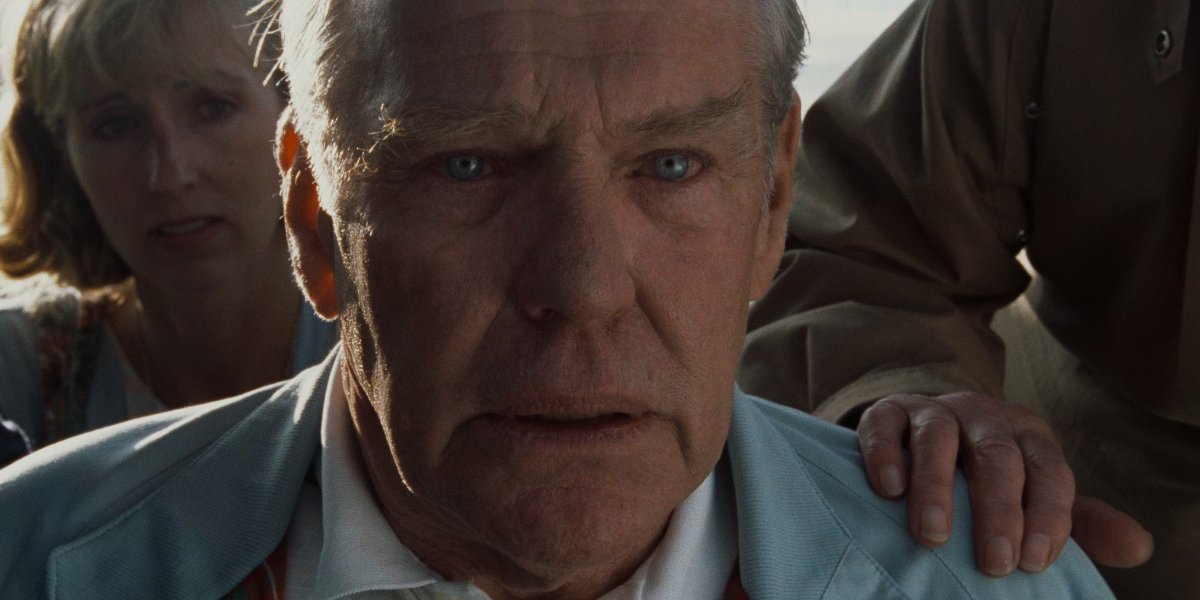
Screenwriter Robert Rodat Loosely Based The Story On Actual Events
The idea of nearly an entire generation of a single family being wiped out on the battlefield might seem like the stuff of Hollywood, but the idea behind the story of the central conflict in Saving Private Ryan is actually loosely based on reality. In a Los Angeles Times piece published on the film's release date, screenwriter Robert Rodat revealed that the idea came to him after stumbling across a memorial in a small New Hampshire village while on an early morning walk.
As Robert Rodat explained, he kept seeing repeated last names of brothers listed under different conflicts going back to the Revolutionary War. At the same time, Rodat was reading a book by historian Stephen Ambrose about the Niland family who lost two sons in World War II with a third believed to have been killed in action before turning up in a Japanese POW camp. The fourth brother was sent back to the United States to complete his service, much like Private James Francis Ryan in the movie.
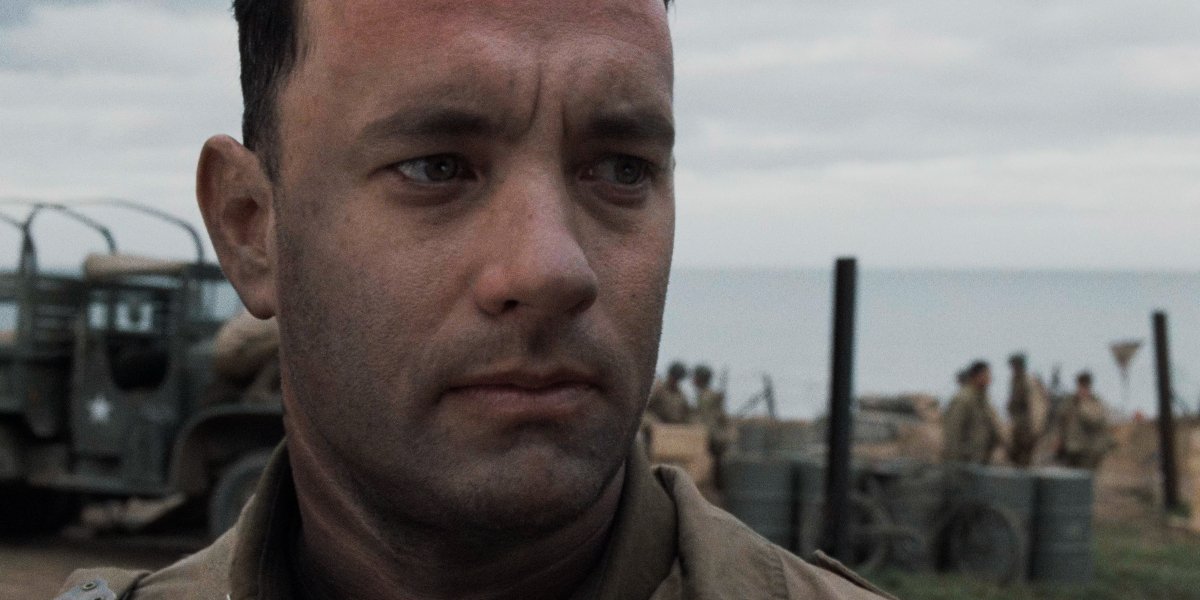
Steven Spielberg And Tom Hanks Came Upon The Script Separately
In the years following the release of Saving Private Ryan, Tom Hanks and Steven Spielberg have gone on to have one of the most productive and profitable partnerships in the history of the Hollywood. Before the 1998 WWII epic, however, the two were weary about working together as they were worried it would ruin the great friendship they shared at the time. That all changed when the future producer buddies each got ahold of the script without knowing the other was also interested in it.
Steven Spielberg touched upon this in "The Making of Saving Private Ryan" documentary where he revealed that he was thinking about making the movie when he found out that Tom Hanks had also read the script and wanted to make the movie. Spielberg went on to explain that he and Hanks got on the phone and did some soul searching to see whether they wanted to mix their business and personal lives. That fear was soon gone as the two longtime friends quickly started talking about the amazing story and what they could do with it.
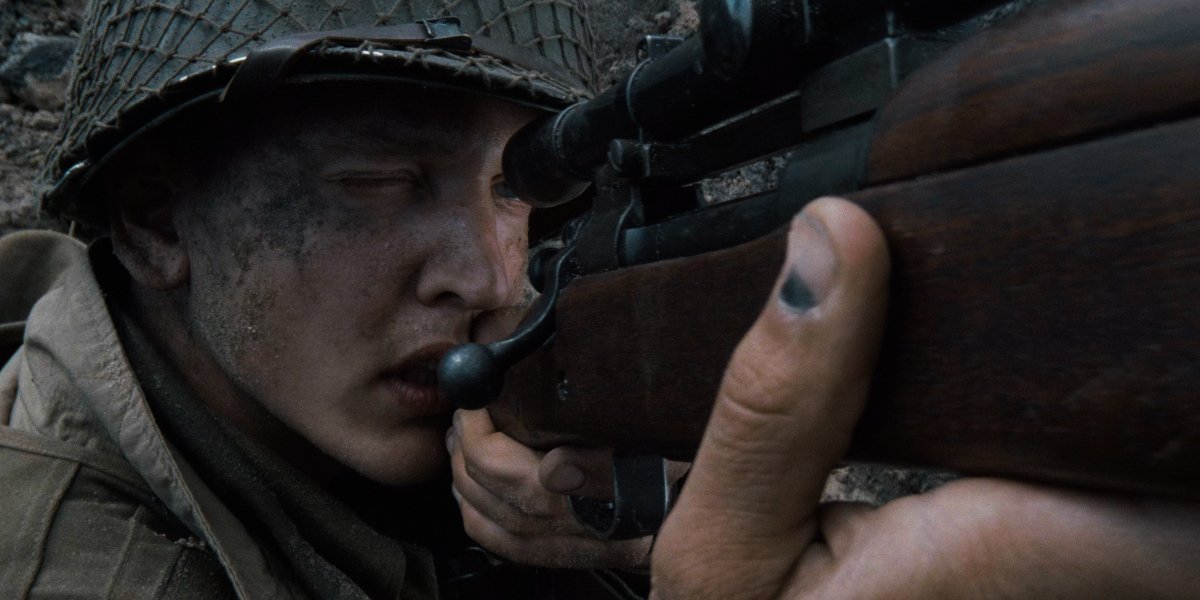
Recreating The D-Day Attack Was Quite An Undertaking
The scene in Saving Private Ryan that people talk about more than others is the iconic landing scene on Omaha Beach during the film's recreation of the D-Day landing. The 23-minute action sequence was like nothing anyone had seen before and that's probably due to the weeks of planning, shooting, and editing that went into the production of one of WWII's most notable missions. Oh, and it might have something to do with how much money was invested into the feat of filmmaking.
CINEMABLEND NEWSLETTER
Your Daily Blend of Entertainment News
When promoting the film's 20th anniversary in 2018, producer Mark Huffam told the Irish Independent (via Esquire) that it cost roughly $12 million (about 20 percent of the total budget) to recreate the beaches of Normandy in southeast Ireland, set up the special effects, and equip the more than 1,000 extras with uniforms, weapons, and equipment from the time period. Huffam described the process as the biggest logistical plan of the whole production.
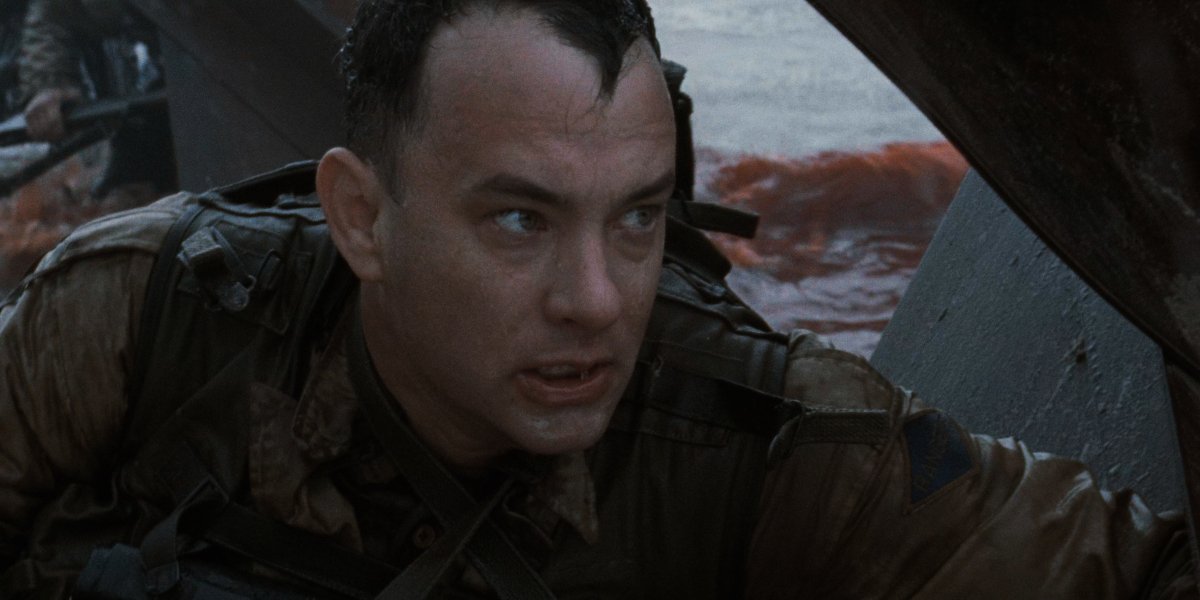
The Omaha Beach Scene Was A Horrifying And Eye-Opening Experience For Tom Hanks
Throughout the entirety of the Omaha Beach scene, you can see the lock of fear, shock, and desperation painted on the faces of the characters leading the charge against the Nazi embankments. And truth be told, the look of fear on Tom Hanks' face wasn't put on as the actor revealed to the late Roger Ebert in a July 1998 interview.
The first day of shooting the D-Day sequences, I was in the back of the landing craft, and that ramp went down and I saw the first 1-2-3-4 rows of guys just getting blown to bits. In my head, of course, I knew it was special effects, but I still wasn't prepared for how tactile it was. The air literally went pink and the noise was deafening and there's bits and pieces of stuff falling all on top of you and it was horrifying.
The next time you watch Saving Private Ryan, make sure to focus on Tom Hanks during the beach landing and you'll see just what he was talking about.
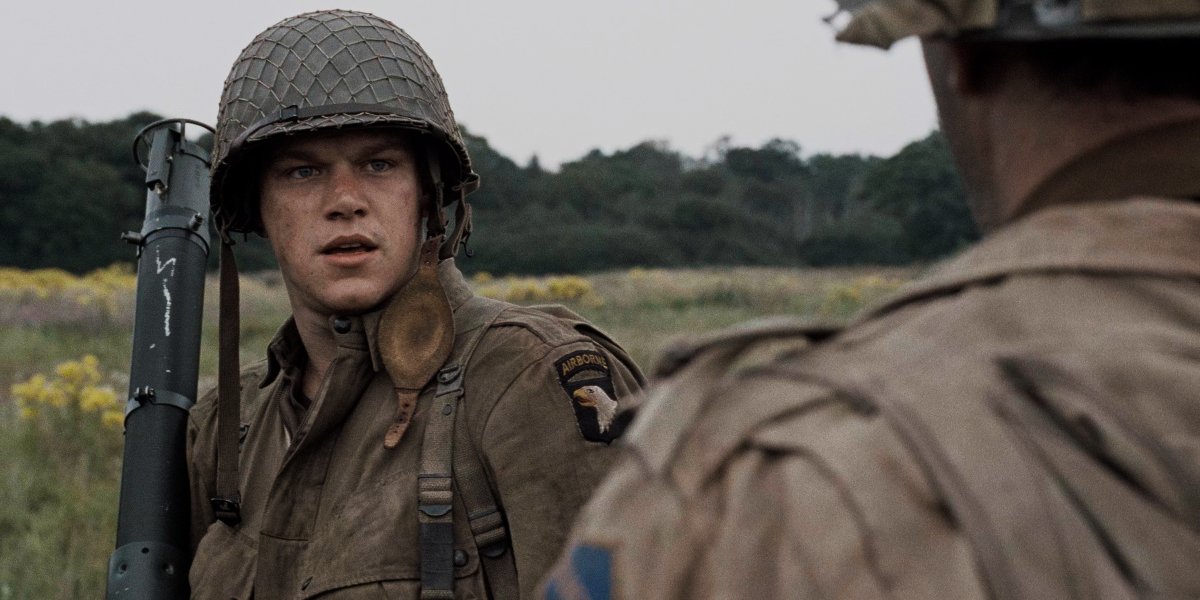
Matt Damon Was Hired Because He Was Unknown, But Then He Won An Oscar
It is crazy to think about now, but Matt Damon wasn't a massive star when he was cast in the titular role of Saving Private Ryan, which is what Steven Spielberg was going for. At least, that's what the director thought before Damon went on to win an Academy Award for his Good Will Hunting script several months before the WWII epic was released. Spielberg told Roger Ebert in 1998 that he had only seen Damon in Courage Under Fire when Robin Williams introduced him to the young actor. Describing Damon as having the "everyboy" look and great acting talent, Spielberg said he had no idea that he would become an overnight sensation thanks to his work behind and in front of the camera.
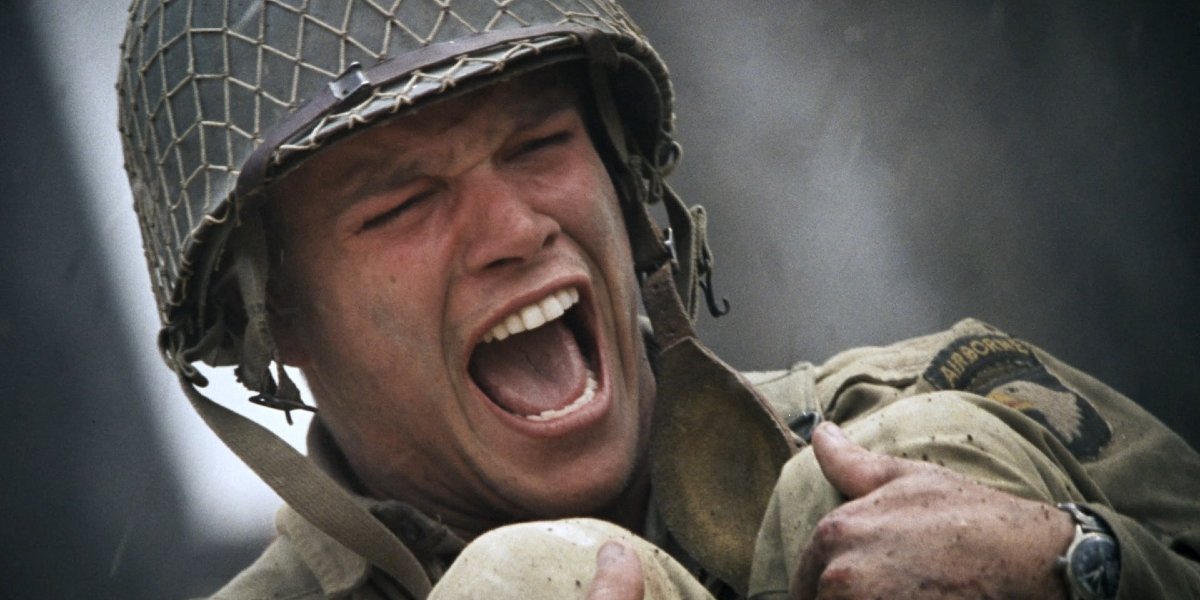
Matt Damn Went Through A Separate Boot Camp Than The Other Actors So They Wouldn't Form A Bond
In order to prepare for their roles in Saving Private Ryan, the central members of the cast were sent to a bootcamp run by Marine Veteran Dale Dye and Warriors, Inc. Over the course of 10 days, the actors went through hell to learn what it was like to be a soldier. Everyone was involved in the group training except for Matt Damon, who underwent training away from everyone else.
On the Warriors Inc. website, Dale Dye explained the reason behind this decision was to prevent the rest of the casting bonding with him so that the resentment their characters had for the private would come off more natural and real once filming got underway. This is evident when Private Ryan first joins the group of Army Rangers in later parts of the movie.
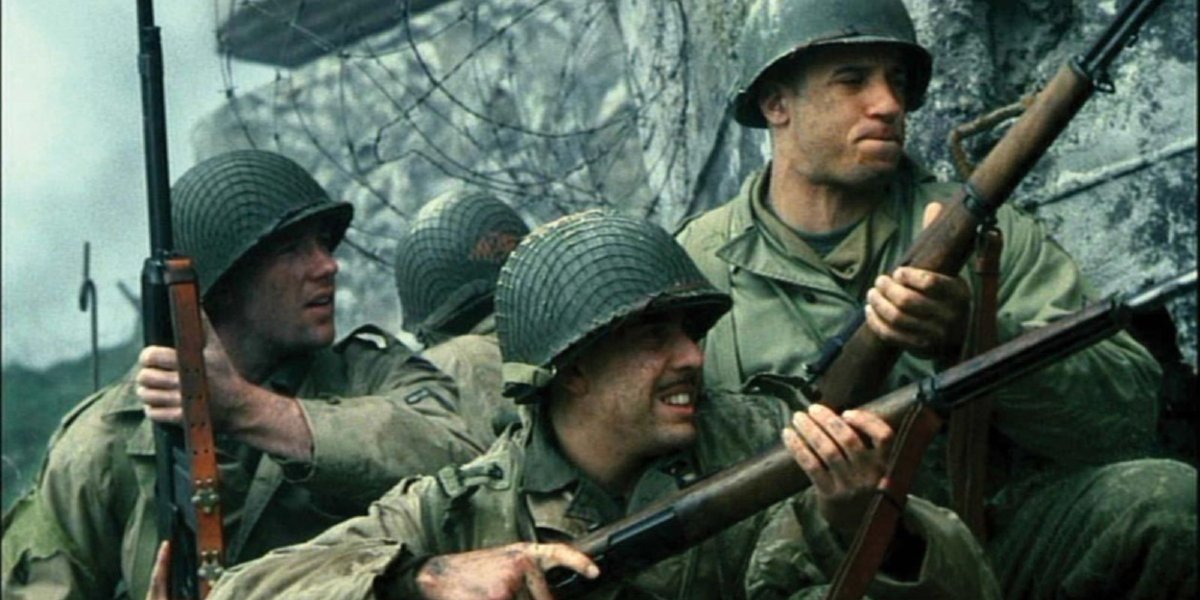
Steven Spielberg Included Several Aspiring Filmmakers, Including Vin Diesel, As Actors In The Film
In addition to featuring the likes of Tom Hanks, Matt Damon, and Tom Sizemore, Saving Private Ryan also had a pretty great supporting cast including a trio of young directors-turned-actors Edward Burns, Adam Goldberg, and Vin Diesel before he hit it big with the Fast & Furious and xXx franchises several years later.
Vin Diesel getting cast in the doomed role of Private Adrian Caparzo wasn't some happy accident in the casting department, as struggling actor and director was hand-picked by Steven Spielberg to be featured in the movie. Diesel told the Los Angeles Times in 2018 that he received a call from Spielberg who invited him to the set of Amistad for a meeting to discuss a role. When Diesel told Spielberg he was a fan of his work, the actor was shocked when the filmmaker said that he was a fan of Diesel's work.
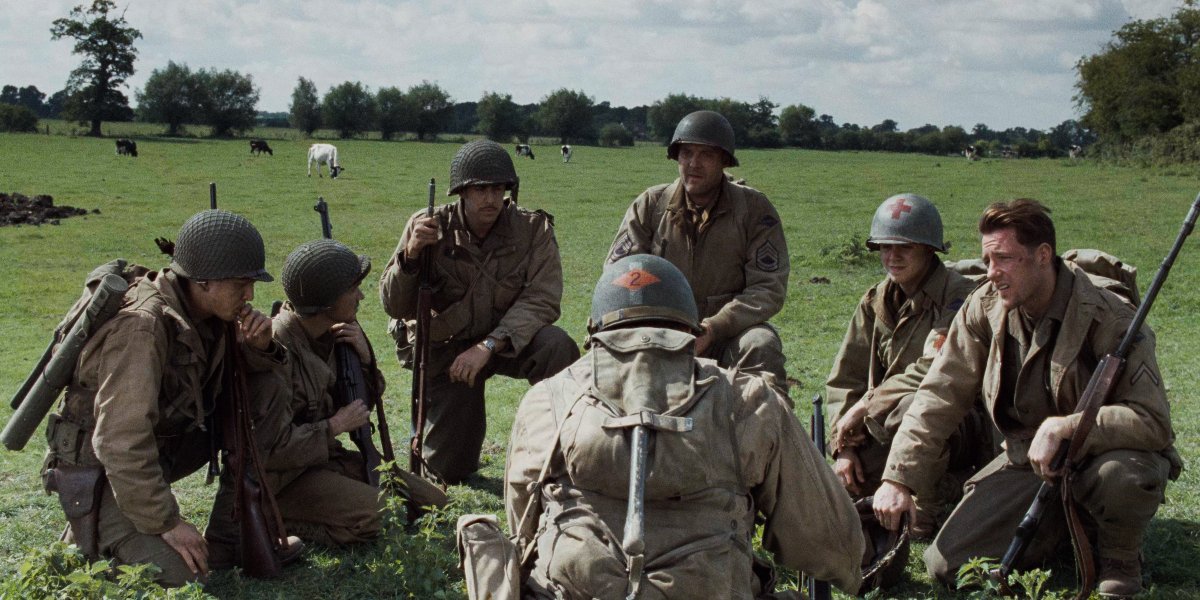
John Williams Waited Until He Saw An Early Cut Of The Film Before Writing The Score
The great John Williams is in a class of his own in terms of film scores, and there's just no way of getting around it. The five-time Academy Award-winning composer has helped elevate every film on which he has worked throughout his successful career, and that could be said about his work on Saving Private Ryan. One of the most fascinating aspects of Williams' score for the film is the fact that he waited until he saw an early cut of the movie before he started composing the score, as he explained in the "Scoring Saving Private Ryan" documentary:
I didn't read the script of Saving Private Ryan. Typically, working with Steven, if I can, I prefer to see the film to get a pristine impression from it without having preconceptions from the script. I was enormously moved by it. I think it's one of the great war films that we have, and found it very touching and moving.
That method worked for John Williams, who said that after watching the movie with Steven Spielberg, he decided to have large sections of the movie with no music at all so that the audience could hear and feel the hellish sounds of war.
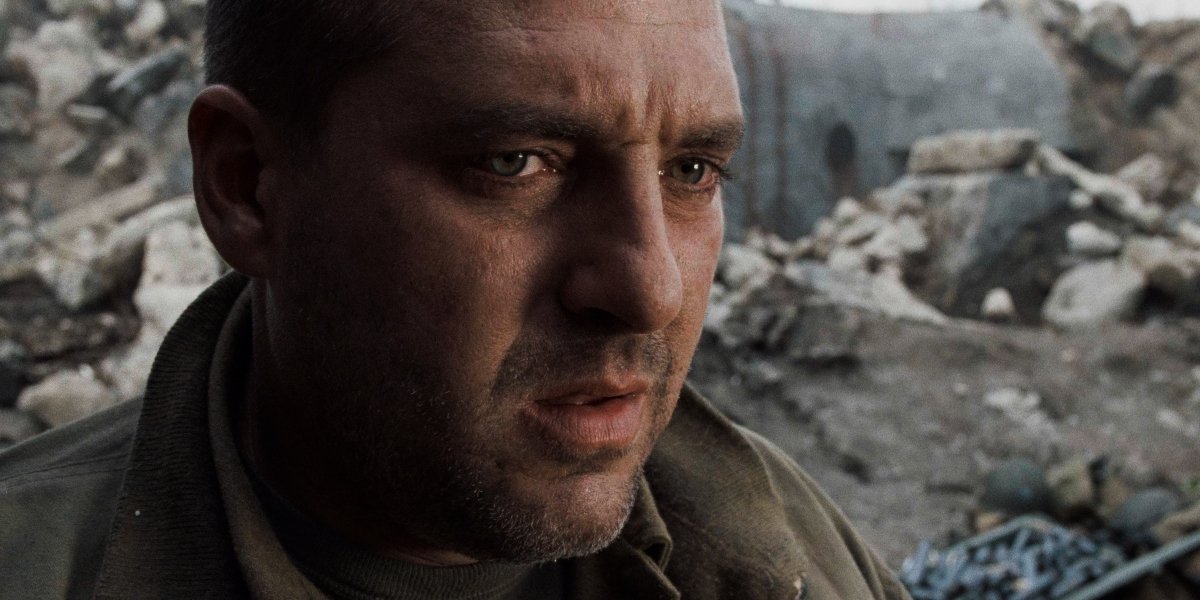
Saving Private Ryan Triggered PTSD For Multiple WWII Veterans Who Watched The Movie
Saving Private Ryan is an extremely violent and emotional movie and had an impact on just about everyone who watched it, but the movie had an even larger impact on World War II veterans who relived traumatic memories during the film. Shortly after the film's July 1998 release, CBS News reported that many WWII veterans began to experience flashbacks about their own experiences during the war.
One veteran that the broadcast news network's San Francisco affiliate spoke with revealed that watching the movie was just like being back on the battlefield and that they woke up multiple times in the middle of the night after watching the film unfold. The response was so great the Veterans Administration sent out reminders about counseling being available for those in need.
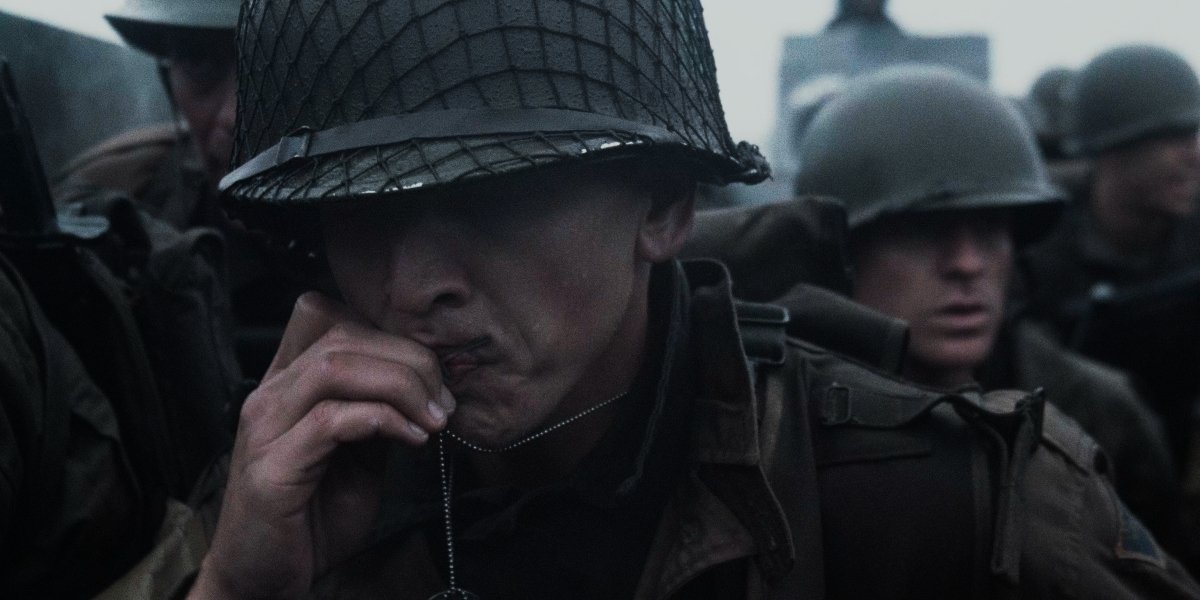
Garth Brooks Turned Down A Role In The Film
Our final tidbit of behind the scenes facts surrounding Saving Private Ryan has to deal with country singer Garth Brooks and the fact that he reportedly turned down the role of Private Daniel Jackson that eventually went to Barry Pepper. According to a 2013 lawsuit (via TMZ) filed by Brooks' former business partner Lisa Sanderson, the country singer turned down the role because he didn't want to be overshadowed by Tom Hanks and Matt Damon. Honestly, I'm having a hard time imagining Garth Brooks in the role of the eagle eye sniper, but it's not the weirdest casting what-if of his career.
Well, that's it for the latest edition of behind the scenes movie trivia. If reading all about Saving Private Ryan makes you want to sit down on the couch and watch a marathon of classic war films, here's a list of movies to get you started here on CinemaBlend.
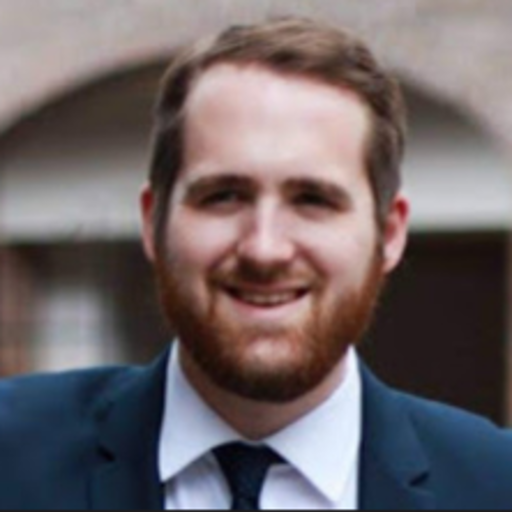
Philip grew up in Louisiana (not New Orleans) before moving to St. Louis after graduating from Louisiana State University-Shreveport. When he's not writing about movies or television, Philip can be found being chased by his three kids, telling his dogs to stop barking at the mailman, or chatting about professional wrestling to his wife. Writing gigs with school newspapers, multiple daily newspapers, and other varied job experiences led him to this point where he actually gets to write about movies, shows, wrestling, and documentaries (which is a huge win in his eyes). If the stars properly align, he will talk about For Love Of The Game being the best baseball movie of all time.
